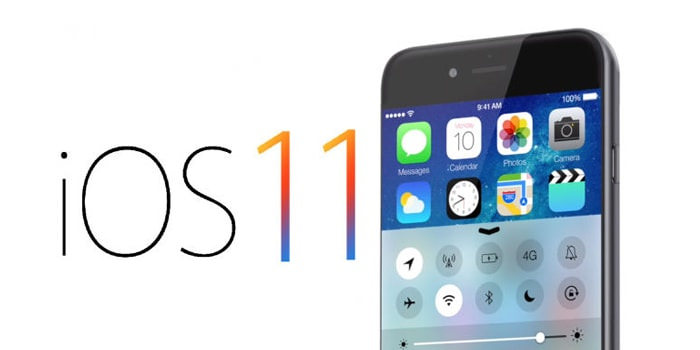An “X-citing” New Era for Apple
September 14, 2017
On September 12, tech giant Apple unveiled their lineup of new products and updated versions of their existing products for 2017. These new reveals included three new iPhones intended to commemorate the 10-year anniversary of the original iPhone, which was released on June 29, 2007, as well as sneak previews of the iOS operating system’s newest incarnation, iOS 11.
Joining the iPhone family this year are the iPhone 8 and its larger-sized counterpart, the iPhone 8 Plus. Each one is made of what Apple touts as “the most durable glass ever in a smartphone, front and back,” and features an aerospace-grade aluminum band around the phone. They can be charged wirelessly due to their glass construction, and have HD retina displays, with the iPhone 8’s being 4.7 inches and the iPhone 8 Plus’s being 5.5 inches. They also have improved cameras which feature a new color filter and optical image stabilization, as well as a new processing chip that helps improve the function of augmented-reality apps such as Snapchat and Pokémon Go. They can be preordered beginning on September 15 and will be released on September 22. The iPhone 8, which has 64GB of memory, will retail at a starting price of $699, and the iPhone 8 Plus contains 256GB of memory and will sell for $849.
In addition to the two versions of the iPhone 8, a more “upscale” model of iPhone known as the iPhone X is set to be released on November 3, with preorders for it beginning on October 27. It is set to be one of the most expensive smartphones ever released, as it will sell for $999. Described as the greatest change to the iPhone’s design since the initial iPhone was released ten years ago, the “X” in the iPhone X’s name both symbolizes the number ten and the phone’s futuristic features. Its design is a complete revamp of the familiar iPhone, with a screen that takes up the entire front of the phone, no beveled edge, and the same glass back optimized for wireless charging as the iPhone 8. Due to its lack of a home button, users of the iPhone X must use various tapping and sliding gestures to close applications. A new side button to access Siri is also featured in the iPhone X’s design.
It also features a revamped camera with the ability to recognize the face of the user to unlock the phone and make payments as opposed to entering a password; the camera, according to Apple, “projects and analyzes more than 30,000 invisible dots to create a precise depth map of your face.” Another function of the new camera is Animoji, animated versions of the familiar Emoji that mimic your facial expressions and can be sent via iMessage to fellow iPhone X users. With its space-age design and capabilities that past generations could have only imagined to exist in sci-fi movies, the iPhone X truly lives up to its tagline of “Say hello to the future.”
iOS 11, which is the version of iOS that the three new iPhones are set to be pre-installed with, is set to be released as an update for newer versions of the iPad and iPhone on September 19. It adds some new features to Siri, such as being able to type requests into it as opposed to speaking and use it as a translation tool. It also features new photo filters, a built-in QR code scanner, and the ability to send payments using Apple Pay through iMessage. Also unveiled at the Apple Event were the third incarnation of the Apple Watch, and a new version of Apple TV that offers content in 4K resolution.












